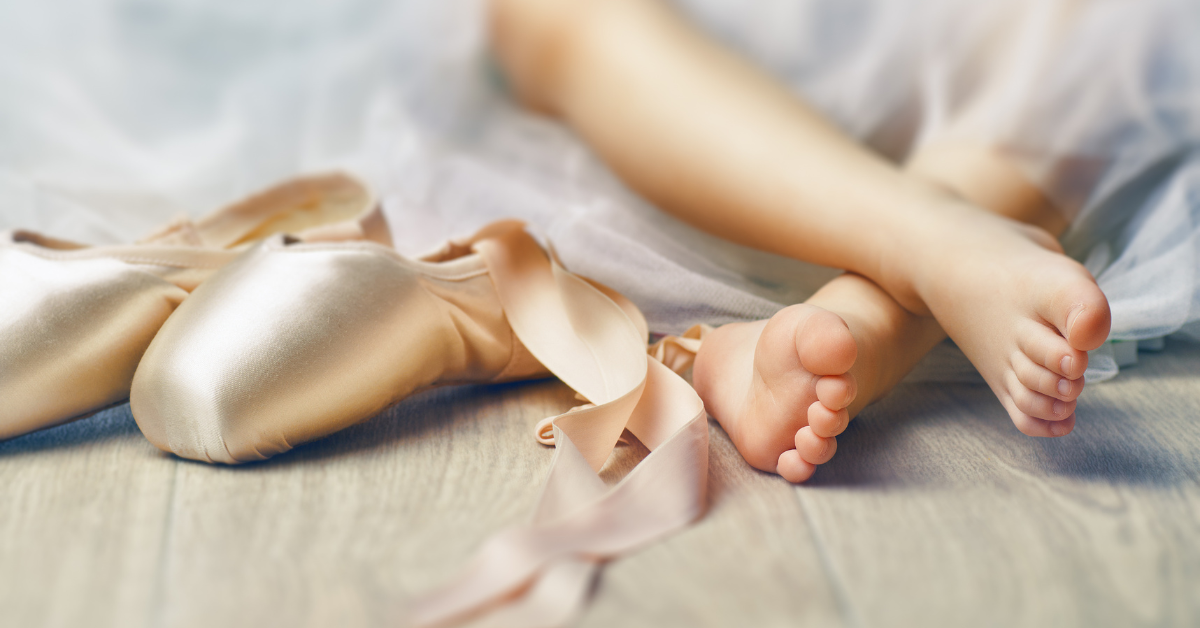Kids Ballet shoes are essential to dance. Young dancers need ballet shoes. This important dancewear product both improves and protects performers.
Ballet shoes for kids are about more than size. They require flexible, supportive shoes to improve. Material and sole type effect fit.
Choosing ballet shoes is just the beginning. This page covers ballet shoe color, attributes, and upkeep. Enhance your child’s ballet.
Understanding the Importance of Kid’s Ballet Shoes

Essential Gear for Budding Dancers
Beginners find the dance floor intimidating. Ballet shoes can make or break your child’s first ballet class. These shoes enhance your child’s movement, balance, and performance.
Kids ballet shoes protect and comfort young feet. They’re soft, light, and tight, so your child’s feet may grow naturally. They also protect against rough surfaces and strenuous exercise.
Enhanced Performance and Technique
These shoes offer safety and comfort. They boost technique and performance. They assist your youngster learn balance and grace, essential ballet skills.
Creating a Professional Mindset
Ballet shoes teach professionalism. Slipping on such shoes indicates focus and learning. This might teach your child ballet discipline and dedication for life.
Kids ballet shoes promote performance, safety, and professionalism. The right pair can change your child’s ballet journey. This blog discusses ballet shoe features and upkeep. Details coming!
Key Features to Look for in Kids Ballet Shoes

Proper Fit
Fit must be emphasized. Shoes should fit snugly yet allow for free toe movement. Oversized shoes can compromise balance and technique.
Quality Material Flexible Soles
Good kids ballet shoes are usually constructed of leather or canvas. Canvas shoes are better for advanced steps than leather shoes, which offer greater support. For extended classes, the material should let the foot breathe.
Flexible ballet shoe leather bottoms support the foot’s arch and allow a wide range of mobility. Durability and support make leather soles popular.
Instead of drawstrings, kids’ ballet shoes should have an elastic arch band. This keeps the shoe on while dancing and prevents accidents.
Color and Style
Although less important, shoe color and style matter. Most ballet classes require pink or nude shoes. Ask or contact your child’s ballet school for a free access to a list or email a link.
Knowing what size to pick, order and look for when buying kids ballet shoes ensures your child gets ready access to the greatest gear for their adventure. Your toddler can move securely and correctly with the right pair.
The Right Time to Invest in Kids Ballet Shoes

Starting with Dance Classes
Before buying huge ballet shoes for your child, wait a few classes. Your youngster can determine if ballet is for them throughout this initial period. You can find the perfect kids ballet shoes once they’re interested.
Improvement and Progression in Ballet
As your child progresses in their ballet lessons, their need for a better pair of ballet shoes will naturally arise. A well-made, correctly fitting ballet shoe can aid in developing their dance skills and technique.
Changing Shoe Sizes and Replacing Worn Out Shoes

Ballet shoes must be checked periodically because children’s feet grow quickly. Ballet shoes, unlike conventional shoes, should fit exactly. If the ballet shoes are too big or too tight or the child complains, buy new ones.
Leather or canvas ballet shoes for kids might wear out. Check the shoes for wear. Replace damaged or worn shoes.
Supporting your child’s ballet journey requires buying ballet shoes. Knowing when to do so can help your youngster dance confidently and joyfully. Next time, we’ll discuss how to maintain your kids’ ballet shoes. Read on!
Maintaining and Caring for Kid’s Ballet Shoes

Proper Handling and Storage
They’re fragile. It’s necessary. To avoid stressing seams, teach your youngster to put shoes on gently. Put them in a shoe bag after use.
Ballet shoe material dictates washing. Leather shoes are cleaned with water and soap. Canvas shoes can be mildly cleaned and air-dried.
Ballerinas sweat. Let them dry naturally without heat to avoid shrinking size or hardening.
Check kids’ ballet shoes for wear. Fix holes, loose stitching, and leather soles.
Kid’s ballet shoes teach responsibility and dance equipment worth. Remember that better care will prolong your child’s ballet shoes.
Conclusion
A child dancer must find and retain the right kid’s ballet shoes. These sneakers transcend fashion. Your youngster learns and expresses through ballet.
Your child’s ballet experience will increase if you understand ballet shoes’ value, how to shop to find the right size, how to care for them, and how much time to invest in them. They’re worth more than their price. They may improve your child’s ballet classes.
As discussed in detail in this blog, buying and caring for quality ballet shoes isn’t difficult. You and your youngster can learn and have fun. Start your child’s ballet journey with the right shoes! Every great ballet dancer started with ballet shoes. Who knows? Ballet stardom and big top may await your child. To teach your child ballet, contact us for more information.








